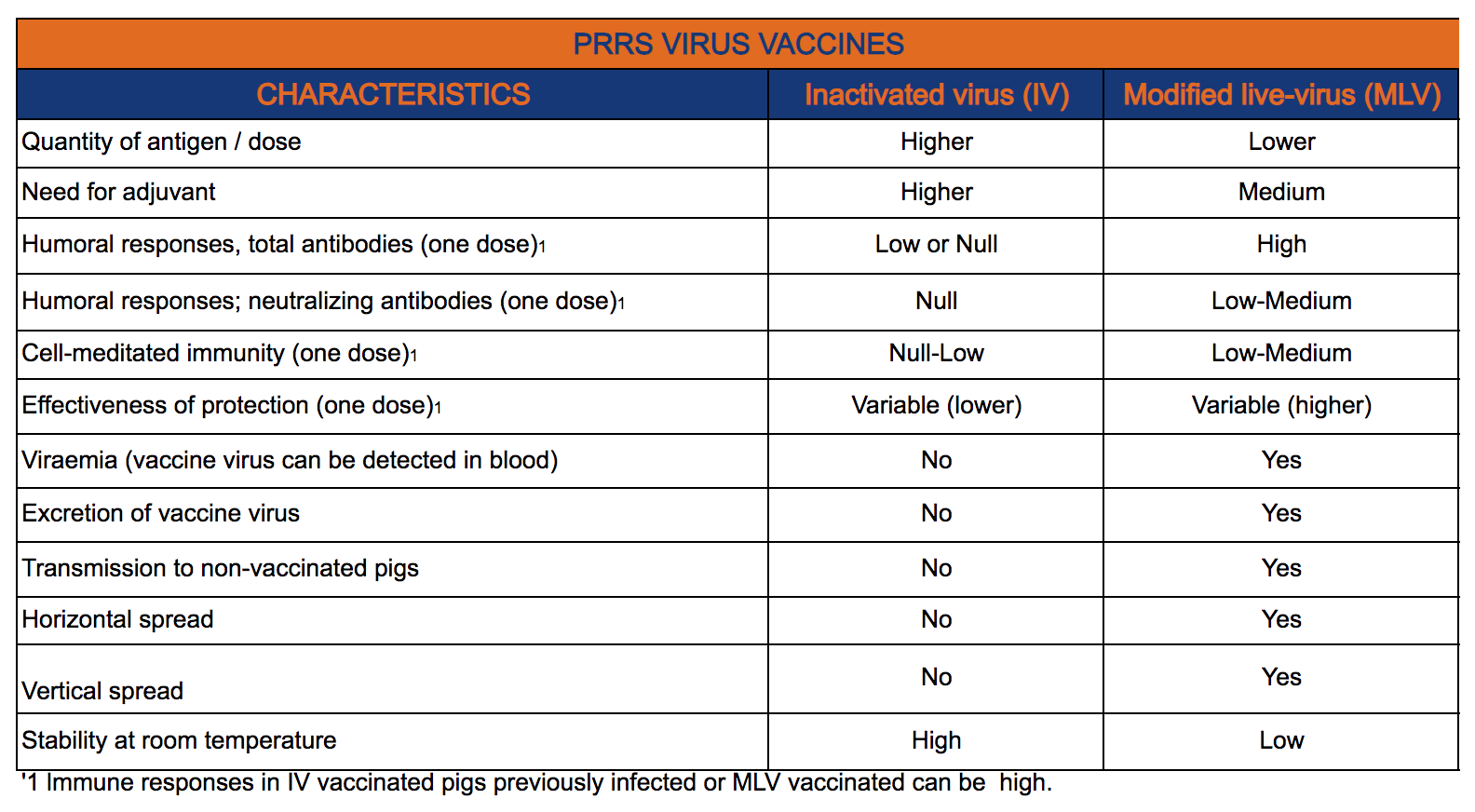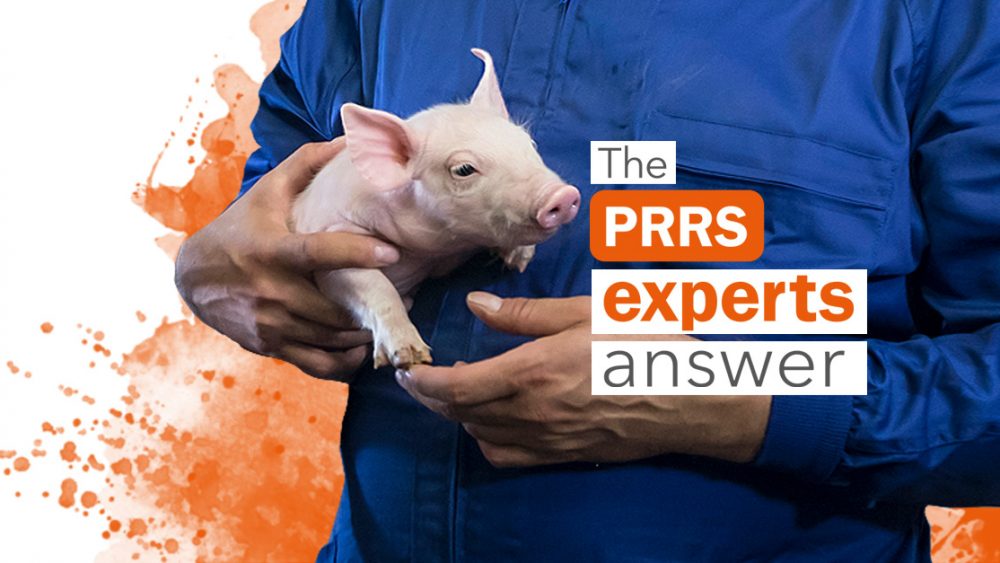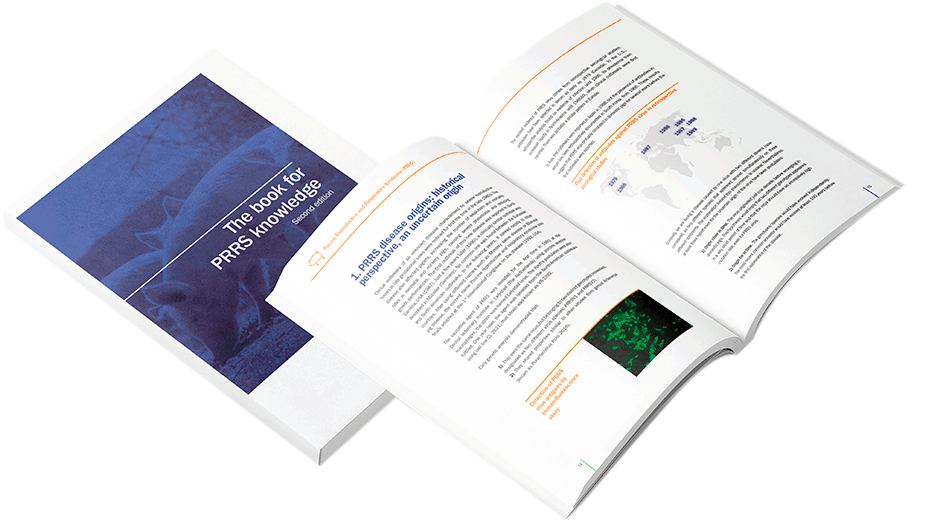Inactivated vaccines against PRRS have been used as a complement in vaccine plans with live attenuated vaccines. We already know that inactivated vaccines do not produce good protection when used in animals that have not had contact with an active PRRS virus; they do not generate seroconversion in this case.
However, when these vaccines are used in animals previously infected or vaccinated with attenuated vaccines, they generate a marked and easily detectable serological response.

Unfortunately, an excellent serological response does not always correspond to a better response against wild PRRS virus, which is one of the weak points we have when we want to establish effective prophylactic plans. Inactivated vaccines are commonly used in prophylactic plans for replacement gilts in combination with administering of one or two live attenuated vaccines and always applied afterwards.
Inactivated vaccines reinforcing the serological response make it easier to verify that animals have been correctly vaccinated (especially in those cases when they come from PRRS negative origins), increasing our confidence in them.
Some producers have used them in cycle too. Again, in combination with live attenuated vaccines applied in blanket vaccination. The objective of this kind of vaccine plan is to obtain better results in regard to piglet protection. But the important thing with these vaccine plans would be to drastically reduce the percentage of piglets that are born viremic, which unfortunately has not been achieved. Or at least that maternal immunity would prevent viral circulation in the post-weaning phase, which has not been achieved either.
If you want to know more about inactivated vaccines read out chapter “Types of vaccines against PRRS”.
You can ask your own question! Visit Pig333.com and submit your question to the experts.

Marcovetgrup S.L. – Spain




